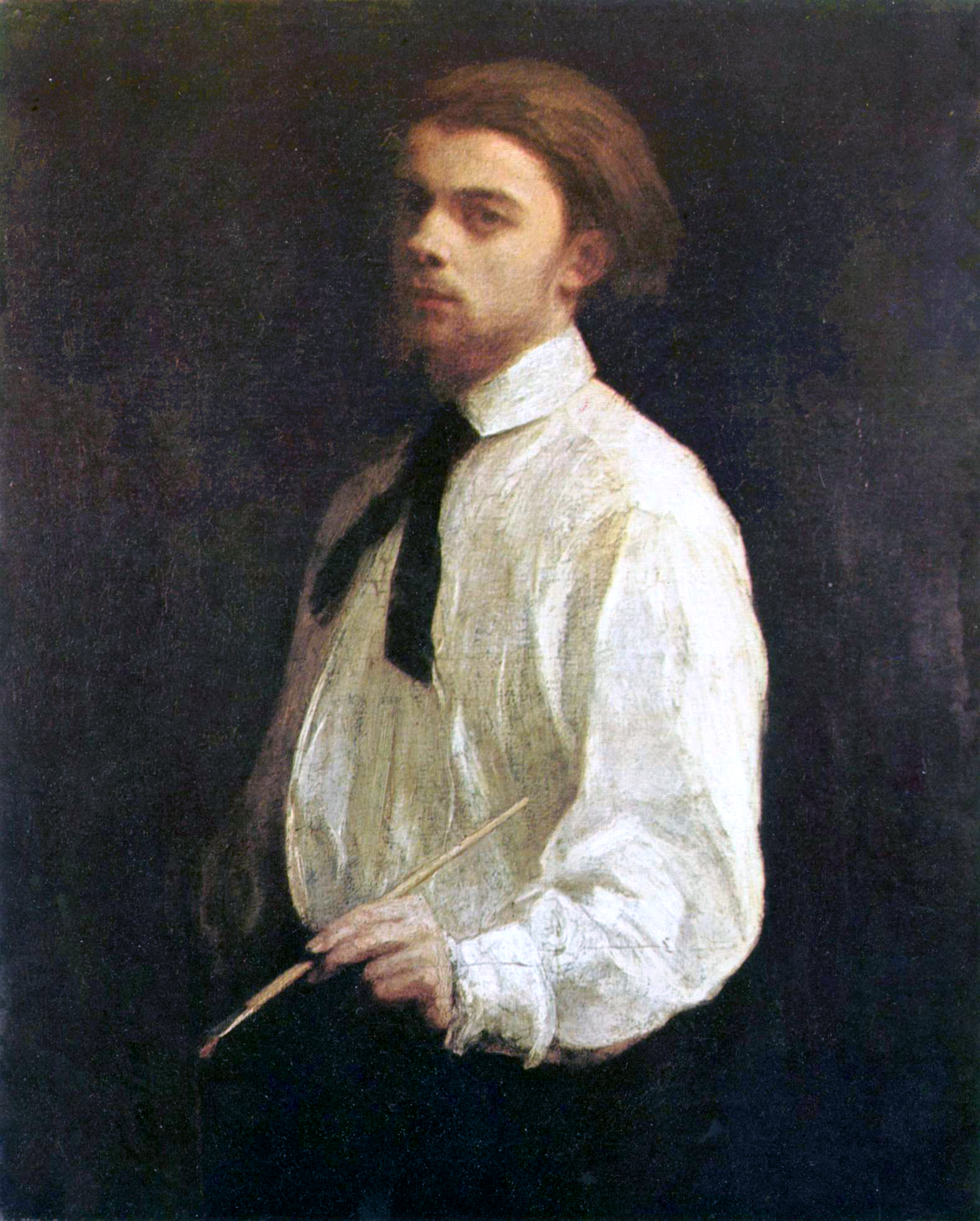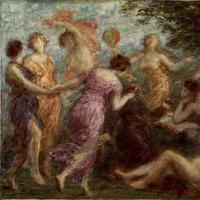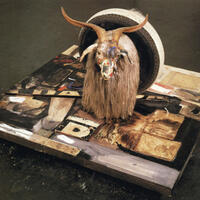More about Henri Fantin-Latour
Works by Henri Fantin-Latour

Sr. Contributor
Henri was obviously a huge fan of pop music, so it's fitting that most people know his work from a famous album cover.
Henri's knack with floral still lifes brought fortune. He'd also dabble in illustrations and lithographs, but pictures of flowers and fruit really brought home the bacon. His portraits of European musicians, artists, and authors were very well known and garnered a great deal of fame. Several of these were of his bestie, Manet. That part of his career should be thought of as his paparazzi phase.
He died of Lyme disease after spending the summer with his wife's family at their country estate. Henri and wife Victoria Dubourg would travel to the estate to pick out flowers for their compositions. Victoria was also a professional artist famous for, what else, still lifes of flowers and fruit. They even had a meet-cute at the Louvre, where she was copying old masters and he was arriving to do the same. If nothing else, we can conclude their pillow talk was either achingly boring or too frightening/perverse to imagine. There is no middle ground when two people are so well-matched. After Henri's death, Victoria stopped her career cold to create a comprehensive catalog of his works (which included portraits of her on their wedding day). No one's looking, you can wipe that tear.
80's punk icons New Order used Fantin-Latour's A Basket of Roses for the cover art to the album "Power, Corruption, & Lies." The connection is thanks to prolific graphic designer Peter Saville. He was getting nowhere looking for a dark and brooding Renaissance portrait for the cover. Then, Saville and his girlfriend found A Basket on a postcard in a London museum. She joked it should be the design. He wasn't joking. Use required special permission from the director of The National Gallery, which they received. And that's the least punk story ever, so moving on.
He was friends with the Impressionists, but preferred the "it" crowd over at the Salon. Egg on his face, but to each their own. Despite playing by the Salon's rules, and not flouting them like so many of his contemporaries, Fantin-Latour was placed in the Salon des Refusés. The Island of Misfit Paintings, basically. Held in 1863 by order of Napoleon III, the Salon des Refusés showcased the best of the year's just-not-quite-good-enough paintings that didn't make it into the Paris Salon. It's best known for hosting the ignominious debut of Manet's Luncheon on the Grass.
Featured Content
Here is what Wikipedia says about Henri Fantin-Latour
Henri Fantin-Latour (
French pronunciation: [ɑ̃ʁi fɑ̃tɛ̃ latuʁ]; 14 January 1836 – 25 August 1904) was a French painter and lithographer best known for his flower paintings and group portraits of Parisian artists and writers.
Check out the full Wikipedia article about Henri Fantin-Latour













